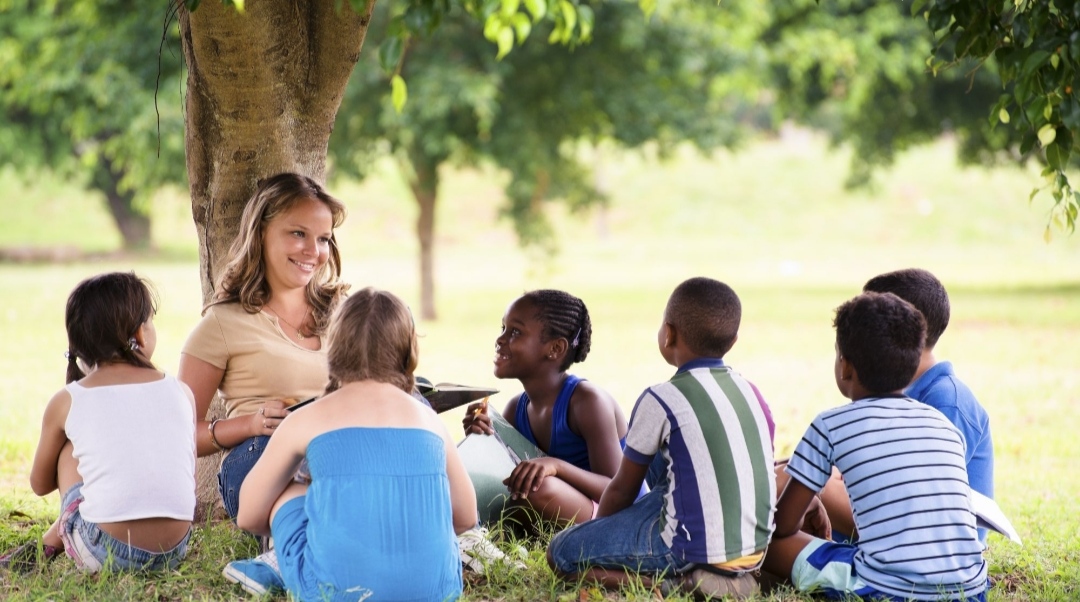Crossover learning combines the strengths of both formal and informal learning environments, and aims to provide students with the best of both. TeachThought describes the result as more authentic and engaging opportunities for learning.
An effective method for crossover learning involves teachers proposing a question or problem in the classroom to be solved in museum visits or field trips. Children can learn by collecting photos, taking down notes, or asking other people for their own thoughts. They then present what they learned back in the classroom to further illuminate the given problem.
Being able to learn outside of formal schooling supports the development of a child’s skills in a variety of topics and subjects, while also helping them do better in their school requirements and activities. On the flipside, bringing informal learning into the classrooms can enrich textbook knowledge with personal experience. Crossover learning creates space for students in the formal curriculum to pursue individual interests and themes related to the subject.
The experience of pursuing knowledge, even through simple conversations with peers, can allow students to retain information better than simply reading it out of a book or being told by a teacher, explains Eric Mazur of the Harvard School of Engineering and Applied Sciences.
Creativity is Key
Thinking outside the bounds of formal education requires a certain amount of creativity. Giving students freedom to explore, to make mistakes and to fully understand, allow them to build not only competence, but also confidence in themselves.
Moreover, taking advantage of creative tools, such as playful games and visual exercises, can capture interest and stimulate learning. A blog post from Tootsa explores a good example of how creativity can make traditionally difficult subjects like math more interesting and understandable through art. By tackling complex principles through engaging and fun activities, students are better able to comprehend each element and group them together to get an overall understanding of various topics within the course.
Innovating Further
Comparative learning is only the beginning.
Finland, a global leader in quality education, is taking crossover learning to the next level with their push for phenomenon-based learning. The BBC News reports that by 2020, Finnish schoolchildren — who consistently exhibit above average proficiency in terms of literacy and math skills — will have less “subjects” in their everyday schooling. In their stead, the National Finnish Curriculum places inter-disciplinary topics in which teachers can integrate all the basic subjects the rest of the world is using.
For example, a lesson can revolve around the European Union, and will explore points from several traditional subjects like history, geography, languages, and economics.




